#seabird
Explore tagged Tumblr posts
Text

Dovekie aka Little Auk (Alle alle), family Alcidae, order Charadriiformes, Iceland
Photograph by Christophe Moning
30K notes
·
View notes
Text

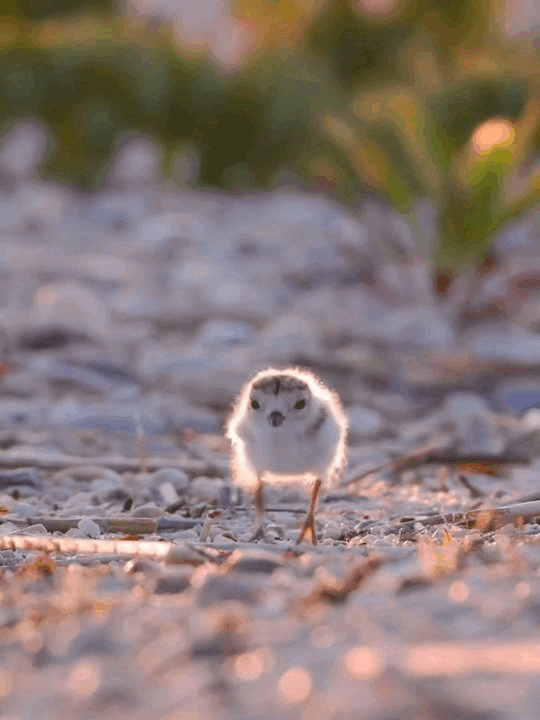
Piping plover chick
35K notes
·
View notes
Text

Cape cormorants talking amongst themselves
#south africa#africa#original photography on tumblr#wildlife photography#african birds#wildlife#african wildlife#wild birds#wilderness#wild animals#original photographers#photographers of tumblr#photographers on tumblr#animal photography#nature photography#cormorant#seabird
632 notes
·
View notes
Text
Seabirds of the Artechocene:
The Anthropogenic Extinction Event was particularly devastating for ocean ecosystems, including the seabirds that relied on it, with only a few species surviving the event. 39 million years later however, life has recovered, and now the descendants of these seabirds, as well as other aquatic birds that took to the seas, are a common sight worldwide, belonging to a variety of different groups:


Full piece of the seabird diversity in the Artechocene oceans
•Vesselbirds (Caravelorniformes):
A widespread group of the largest of the Artechocene seabirds, they have abandoned land completely, brooding being taken care of by a specialised structure on the male's back that acts as a nest.
•Corsairfishers (Piratosagipterines):
Kingfishers relatives that use kleptoparasitism as one of their main feeding strategies, often following larger, more specialised seabirds.

Close-up on the vesselbirds and corsairfishers
•Kitegulls (Milvulari):
Close relatives of cacklers, they are long distance flyers, feeding on surface prey and rarely landing, only to breed on isolated islands across their expansive range in temperate and tropical oceans worldwide.
•Sea Songbirds (Thalassopasseridae):
A unique family of passeriformes found mostly around the southern hemisphere, the scallywags (Pelagopasser sp.) are a genus of open ocean specialists that are found on every ocean except the Arctic, flapping and skimming the surface of the ocean to feed on small planktonic prey.
•Dumingos (Anabalaenidae):
A cosmopolitan group of filter feeding ducks, they are typically found in inland waters, but a few species, like the sea dumingo (Pinnatocetus celer), have been able to exploit its endless amount of plankton.
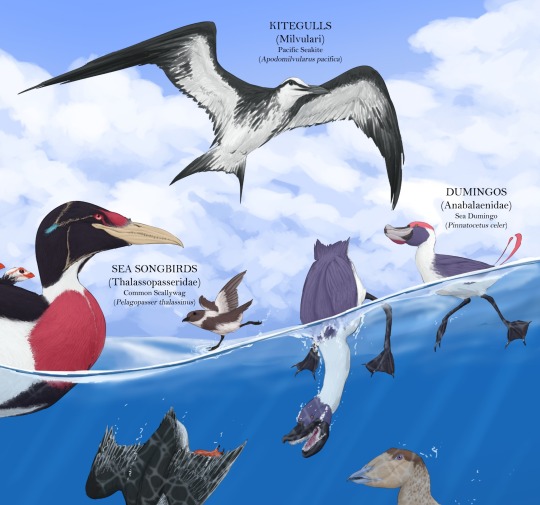
Close-up on the sea songbirds, dumingos and kitegulls
•Harpansers (Dinomergidae):
Found mostly around the northern hemisphere, these sea ducks are specialised fish eaters that can dive and swim particularly well. Hunting in large groups, they can co-ordinate to hunt down entire schools of fish and squid.
•Seadrakes (Thescelodyptidae):
A family of very diverse, cosmopolitan sea ducks found mostly in cold oceans, that are characterised by their colorful males and hardened papillae inside of of their mouths, specialised for each species' diet. The star-horned squobbler (Magnificodyptes asterotops) in particular is a squid specialist, using hooked papillae and suction to keep its soft bodied prey from escaping.
•Umibozulles (Bathostyxiformes):
A unique offshoot of the full clade native to the Pacific, Arctic and north Atlantic regions, these fully nocturnal seabirds are extremely cryptic and hard to see, leaving their colonies in the middle of the night to dive and incredible depths in search of small invertebrates and fish; using their black, iridescent feathers that appear pitch dark at depth, to go unnoticed by prey.
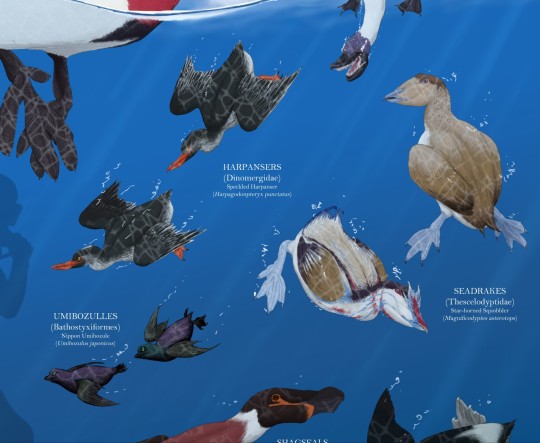
Close-up on the harpansers, seadrakes and umibozulles
•Shagseals (Phociornithiformes):
A flightless order of the cormorant clade, they include the largest seabirds of the Artechocene. This is due to their dense bones, which they use alongside their sensitive beaks to swim hovering just above the seafloor at great depth, coming out to breathe every few hours, thanks to a very efficient circulatory system. Despite being mostly aquatic, to breed they must come out to land, where males use a specialised armpit pouch to brood the eggs and young.
•Balamars (Balaornithidae):
Another cosmopolitan member of the gull clade, they are adapted for speed, being able to plunge dive and pursue prey at incredible velocity.
•Penmorants (Pinguriliiformes):
Another order of flightless seabirds in the cormorant clade, these are much more widespread and pelagic, being able to be spotted in the open ocean in every region, but with the highest diversity being in the northern hemisphere. Unlike vessel birds, these need to come back to land to breed.
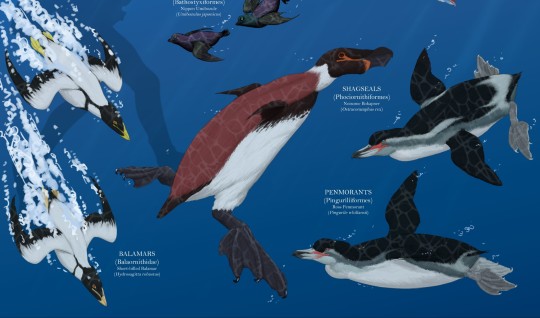
Close-up on the balamars, shagseals and penmorants
•Coast Cacklers (Neolaridae):
A living fossil amongst the full clade, they're generalist predators found in coasts and open seas all across the world, from pole to pole.
•Titan Gulls (Laroposeidonidae):
The largest of the flying seabirds, these long distance flyers can be found on the open ocean across the southern hemisphere and the Pacific Ocean.
•Kelp Ruddies (Phycophaganatidae):
Specialised algae grazing ducks distributed along the cold coasts of every continent except Africa.
•Labrosone Geese (Auloceratidae):
Anseriforms with a uniquely complex nasal structure that amplify and warp their calls, some marine species can be found along the coasts of Afro-Eurasia.
•Windtellers (Aequoelanus sp.):
A small genus of medium sized predators that can be found offshore of coastal forests across the world, lunging on fish too close to the surface.
•Basketgulls (Pelecanoidae):
Another, very voracious, relative of cacklers, found offshore on every ocean except for the arctic. Good flyers, they usually plunge into the water to catch shoals of small prey.
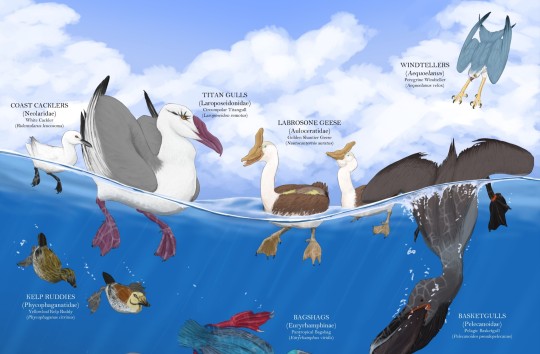
Close-up on the coast cacklers, kelp ruddies, labrosone geese, windtellers and basketgulls
•Bagshags (Euryrhamphinae):
A diving predator capable of gulping down fish larger than itself, these voracious, near flightless birds can be found in coasts and freshwater systems of the tropics and temperate areas of the world.
•Taornes (Hastanhinga sp.):
A pantropical genus highly associated with clamoral reefs and other high diversity, shallow water ecosystems, slowly stalking prey hidden in crevices or substrate with pinpoint precision.
•Seahens (Littogallidae):
Omnivores found in areas not far from the coast of every continent. They are diverse and occupy a wide variety of niches, specialising on different diets depending on the available resources.
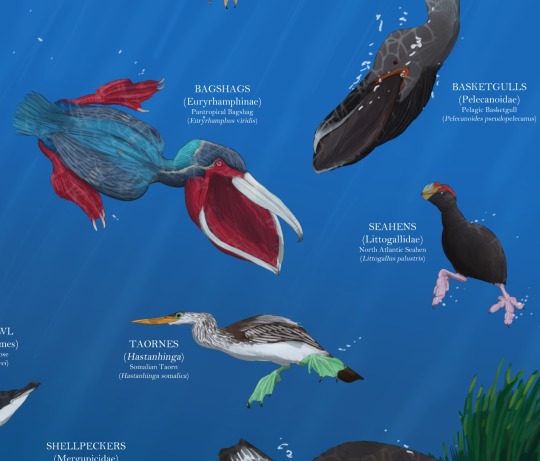
Close-up on the bagshags, taornes and seahens
•Wakageese (Wakaereformes):
A basal offshoot of the waterfowl clade, it has evolved a unique style of swimming and very specialised, hydrodynamic feathering. It evolved isolated on Antarctica soon after it started to thaw, and is now distributed mostly around the southern ocean.
•Shellpeckers (Mergupicidae):
One of the few non-gull marine charadriiformes left, these have taken a rather unique approach to a durophagous diet, using a strong beak and a hammering motion to open the shellfish it dives for.
•Anatorants (Sulanatidae):
A flying, basal offshoot of the phociornithiformes, presenting a similar beak sensitivity as their relatives but less aquatic specialisations. Given their flight capabilities, they're found much more widespread than their northern relatives, extending far into the southern hemisphere.

Close-up on the wakafowl, shellpeckers and anatorants
•Mergeese (Sirenianseridae):
Aquatic grazers very specialised for their lifestyle, with a large crop that is used for fermenting the plant material. Because of this diet, they're highly associated with seagrass meadows in the Indo-Pacific, Caribbean and European regions.
•Sandabblers (Psammobenthavinae):
A cosmopolitan anatid subfamily of diving soft sediment specialists that can be found in both fresh and saltwater ecosystems, but the majority are often associated with soft sediment ocean shores.

Close-up on the mergeese and sandabblers
Hope you liked this compilation of Artechocene seabird diversity!!
#art#my art#The Artechocene Project#illustration#clip studio paint#speculative evolution#speculative biology#creature design#birds#spec evo#seabird#penguin#cormorant#seagull#pelican
1K notes
·
View notes
Text
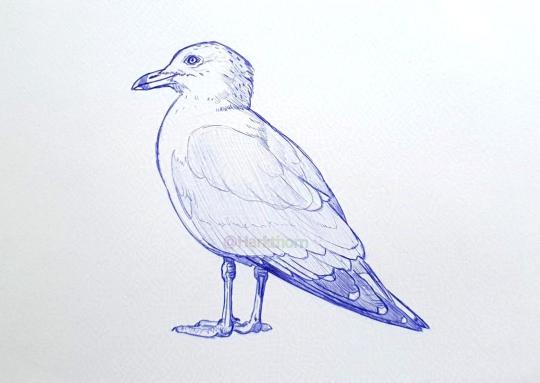
Gull sketch
-2903
#art#traditional art#daily sketch#sketch#ballpointsketch#ballpointpen#birb#bird#bird art#wildlife#wildlife art#wildlife sketch#seabird#gull#seagull
625 notes
·
View notes
Text
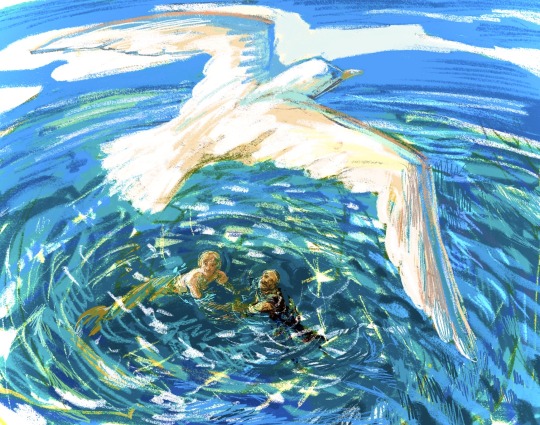
some hope these days
#stick figure#seabird#our flag means death#ofmd stede#ed ofmd#ofmd fanart#ofmd mermay 2024#mermay 2024#mermay day 6#save ofmd#adopt our crew#merstede#stede bonnet
1K notes
·
View notes
Quote
When I found you, my heart found a home.
Seabird, Falling For You
#Seabird#motivation#quotes#poetry#literature#relationship quotes#writing#original#words#love#relationship#thoughts#lit#prose#spilled ink#inspiring quotes#life quotes#quoteoftheday#love quotes#poem#aesthetic
404 notes
·
View notes
Text
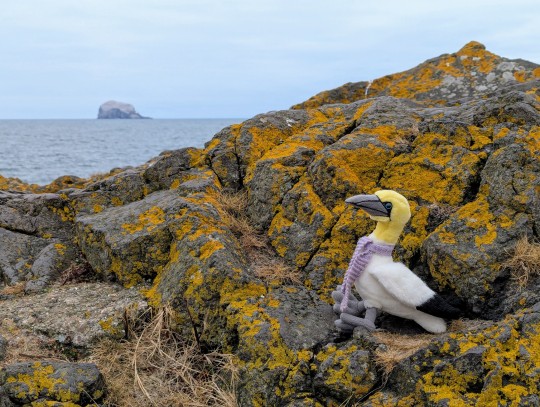
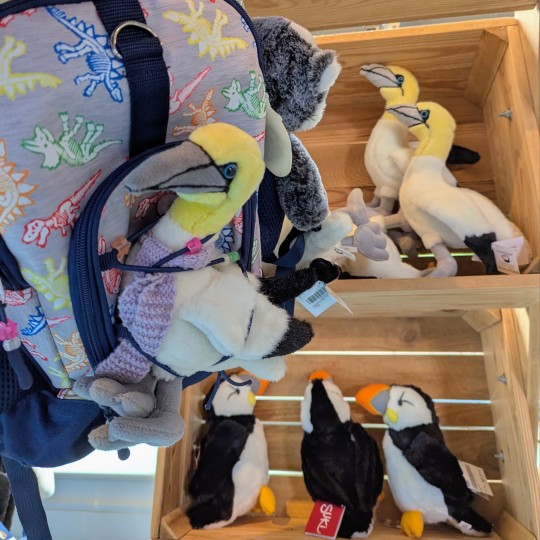
Today I went out with Gary the gannet riding on my backpack, and I happened to bring him back to the Seabird Centre where I got him more than 20 years ago... I was surprised to find they are still selling exactly the same gannets there!
We also watched some real gannets from the rocks for a while.
#gannet#bohus form#plushie#toys#natural colour#seabird#bird#out and about#toy with accessories#sea salt the badger was there too but not up to much#childhood toy
265 notes
·
View notes
Text

Angry Bird by Sachin Vijayan Northern Gannet (Morus bassanus)
201 notes
·
View notes
Quote
When I found you, my heart found a home.
Seabird, Falling For You
#Seabird#motivation#quotes#poetry#literature#relationship quotes#writing#original#words#love#relationship#thoughts#lit#prose#spilled ink#inspiring quotes#life quotes#quoteoftheday#love quotes#poem#aesthetic
2K notes
·
View notes
Text

Kelp Gull for a $15 Ko-fi supporter
Kelp gulls (Larus dominicanus) are known to parasitically feed on the blubber of live southern right wales and their calves. Increased harassment of whale calves by gulls in recent years is thought to be due to increased numbers of gulls reproducing in open-pit landfills near fish-processing sites. (x, x, x)
#art#my art#digital#digital art#clip studio#clip studio paint#csp#kofi#ko-fi#kofi doodle#kofi doodles#kofi request#request#doodle#illustration#portrait#stylized#gull#seagull#kelp gull#Larus dominicanus#dominican gull#seabird#bird#birdblr#lazert#lazer-t
237 notes
·
View notes
Text




Shorebird Nesting Season Is Here!
Summer shorebird surveys provide some of our most important data. Data collected during nesting season help us track nesting outcomes, detect population changes, measure the effect of conservation efforts, and refine strategies for population recovery. Did you know that 5 of the shorebird and seabird species nesting in Florida are imperiled species? Every nest is critical!
Here are a few things you can do to help shorebirds succeed this summer:
Give Birds Space: Getting too close can force birds away from their nests or chicks leaving them vulnerable to predators, the elements, or being stepped on! You should walk around resting birds on the sand or at the shoreline (some may be too young to fly!) and avoid landing kayaks and vessels near nesting areas.
Keep Out! Do not enter posted areas, even if you don’t see a bird. Their camouflage helps them blend into nesting habitats like open beach, shell rakes, spoil islands, marsh edges, and more!
Please, No Dogs: Even friendly pups frighten shorebirds and can cause them to abandon their eggs and chicks. If you bring your pet with you, go to a dog-friendly beach where they’re allowed and keep them on a leash far away from nesting or resting birds.
Stash the Trash! Garbage and food scraps attract predators, such as raccoons and crows, that prey on shorebird eggs and chicks.
For more information, resources, and volunteer information in FL: MyFWC.com/Shorebirds
Shorebird images by Brittney Brown, FWC
#shirebird#bird#conservation#environment#beach#the beach#vacation#ocean#animals#nature#ornithology#seabird
1K notes
·
View notes
Text

Evolution's special snowflake duck
Laysan Duck (Anas laysanensis)
Extirpated from the Hawaiian Islands, except Laysan Island and Midway Atoll
Status: Critically Endangered
248 notes
·
View notes
Text
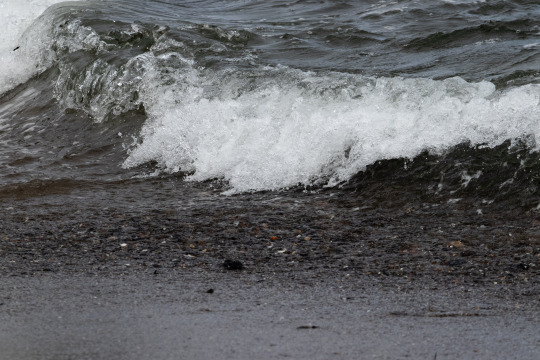
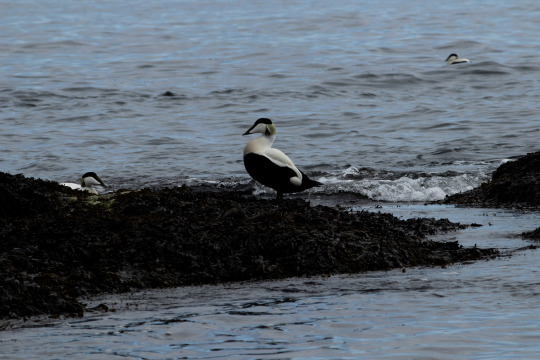
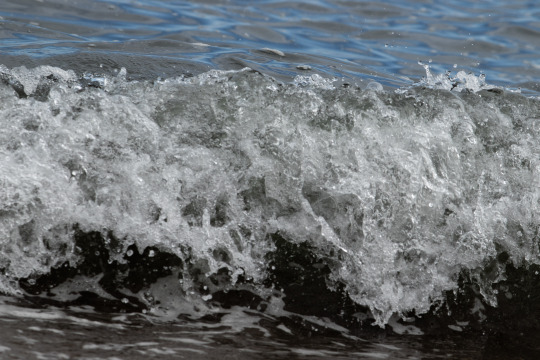
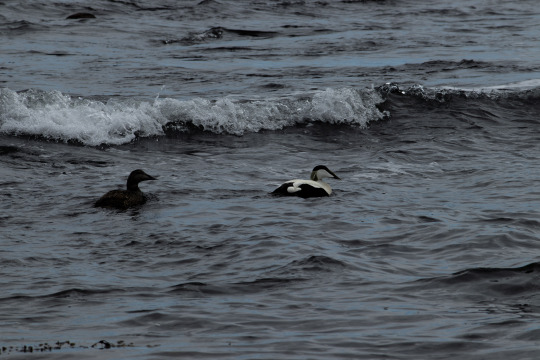
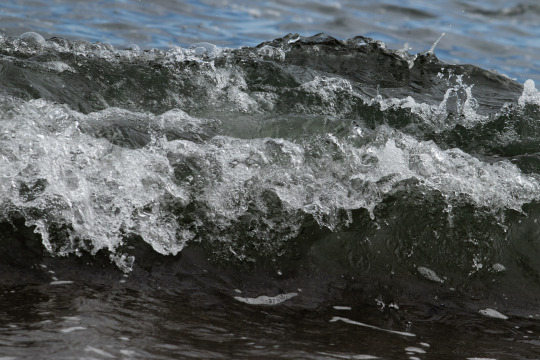
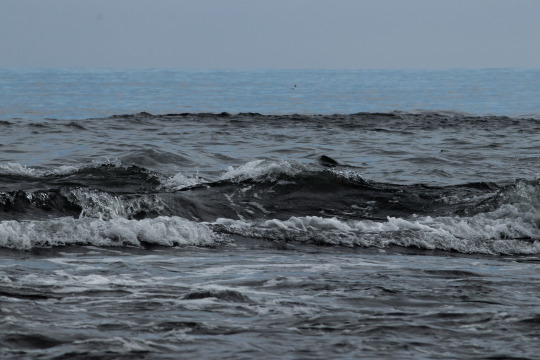
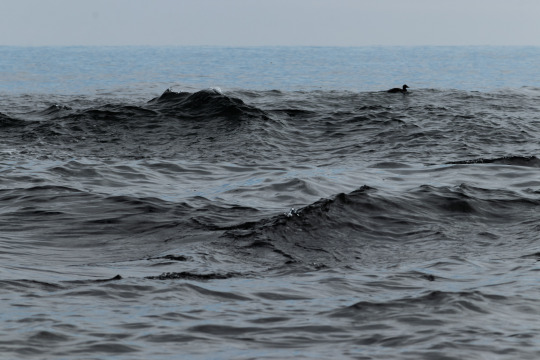
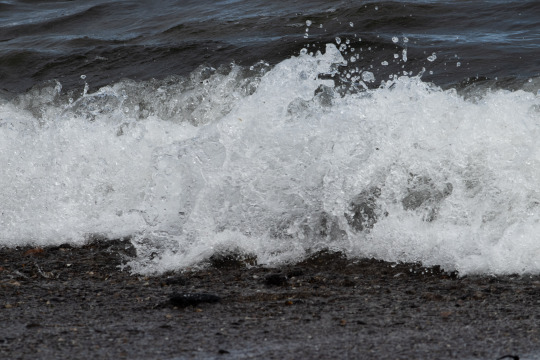
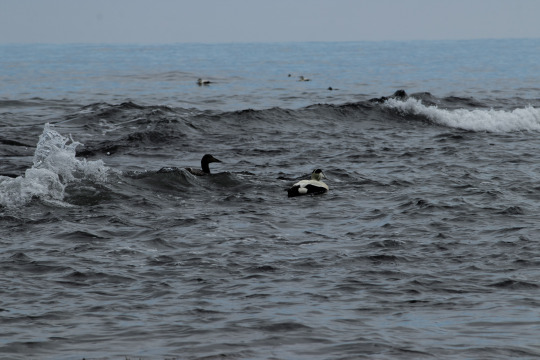
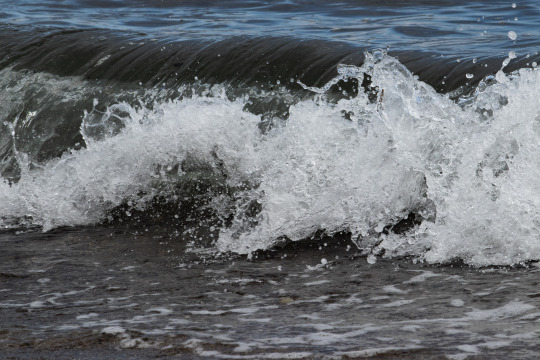
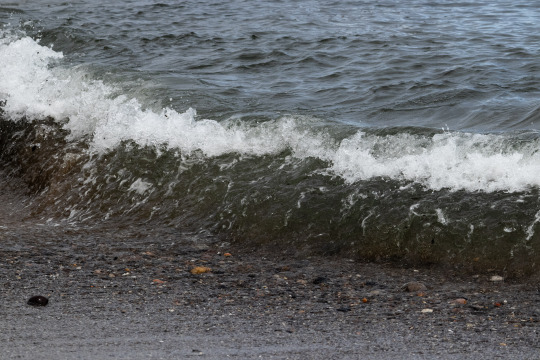
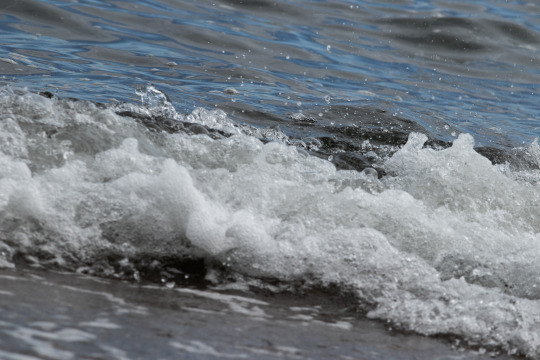
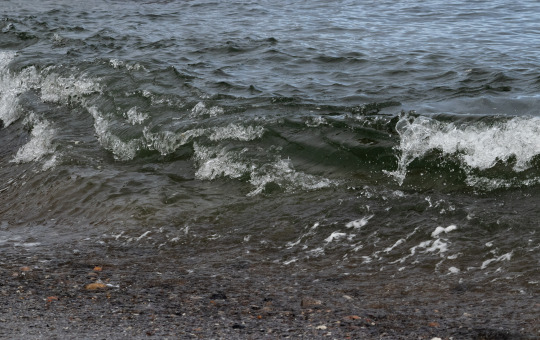
i'm in love with the sea
#photography#original photography#photographers on tumblr#nature photography#nature#sea#ocean#beach#seascape#oceancore#ocean photography#water#waves#coast#shore#shoreline#seaside#seabirds#seabird#wildlife#sea photography
157 notes
·
View notes
Text

Day 3 of our sailing voyage, somewhere off the coast of Long Island— I had a little friend with me at the helm. He stayed on our mainsail boom long enough to dry his feathers, and then flew off to wherever he was going.
#tumblr user leftenantjopson thinks he may be a soul of a dead sailor#but I think it takes a God with a real sense of humor to bring a drowned sailor back as the only seabird without waterproof feathers#cormorant#seabird#sailing#seabirds#tall ship sailing#pride of baltimore ii#pride of baltimore#tall ship#sailing ship#privateer#age of sail#nautical#maritime#19th century#tales from the sea
510 notes
·
View notes
Text
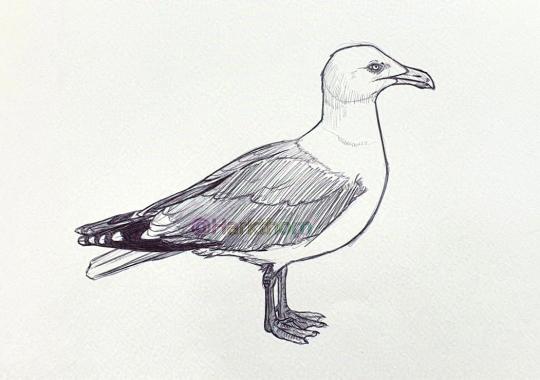
Herring gull sketch
-3018
#art#traditional art#sketch#daily sketch#ballpointsketch#ballpointpen#birb#bird#gull#seagull#herring gull#seabird#wildlife#wildlife art#wildlife sketch#bird sketch#avian art
389 notes
·
View notes